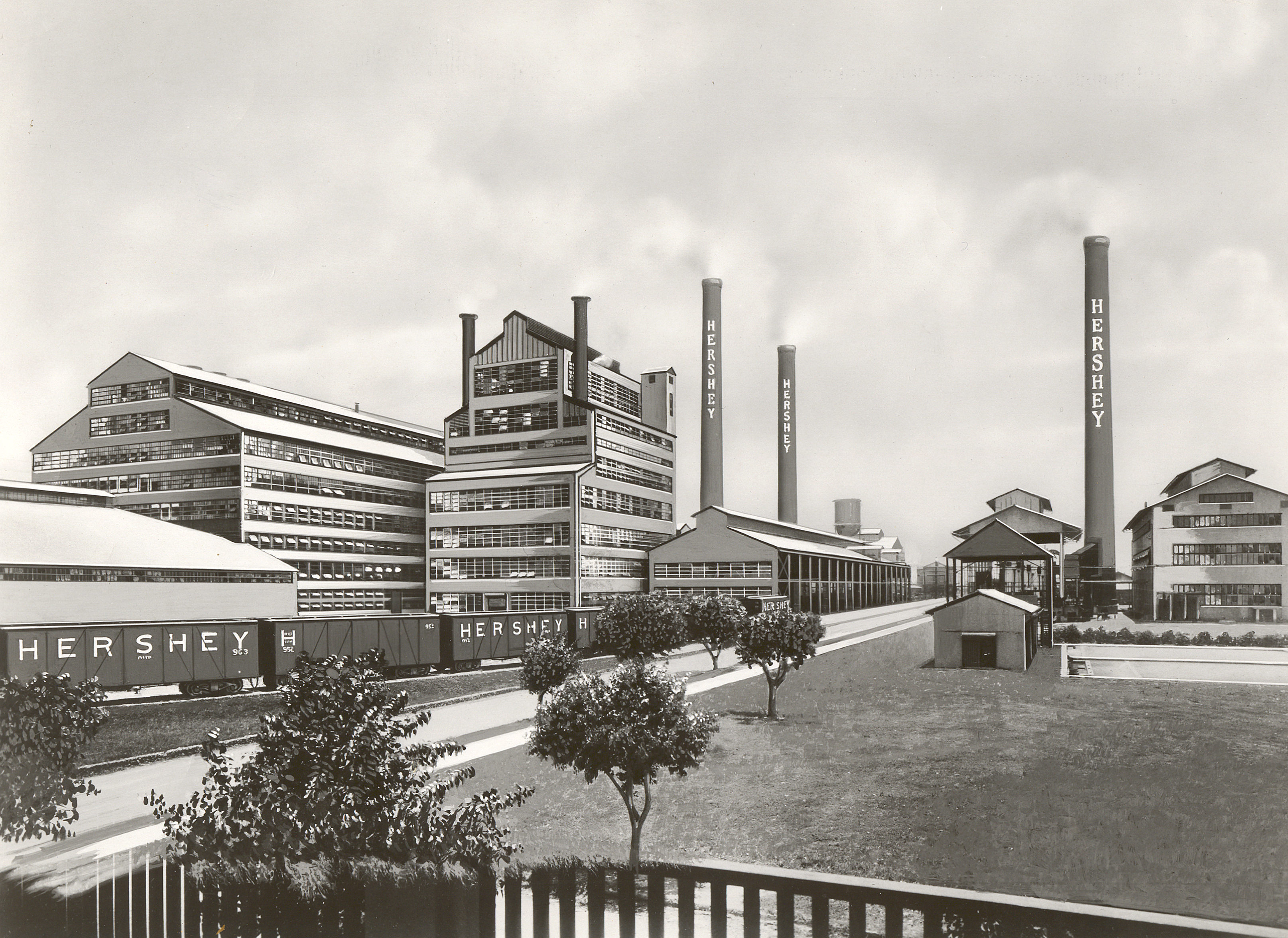As Cuba moves away from Fidel to whatever happens next, we were recently reminded of a pre-Castro town that confirmed just how close the U.S. and the island used to be.
The town is Hershey, Cuba:
The town dates to 1916, when Milton S. Hershey, the American chocolate baron, visited Cuba for the first time and decided to buy sugar plantations and mills on the island to supply his growing chocolate empire in Pennsylvania. On land east of Havana, he built a large sugar refinery and an adjoining village — a model town like his creation in Hershey, Pa. — to house his workers and their families.He named the place Hershey.The village would come to include about 160 homes — the most elegant made of stone, the more modest of wooden planks — built along a grid of streets and each with tidy yards and front porches in the style common in the growing suburbs of the United States. It also had a public school, a medical clinic, shops, a movie theater, a golf course, social clubs and a baseball stadium where a Hershey-sponsored team played its home games, residents said.The factory became one of the most productive sugar refineries in the country, if not in all of Latin America, and the village was the envy of surrounding towns, which lacked the standard of living that Mr. Hershey bestowed on his namesake settlement.
This town was unique, but there were in fact U.S. employers in pre-Castro Cuba who took very good care of their employees.
For example, my uncle was a draftsman for a U.S. company that operated in his town. He came out of school and was hired by the company. He worked there for almost 10 years until this plant was expropriated in the early 1960s. I don’t know whatever happened to my uncle’s employer but he clearly got a raw deal from the communists. After all, all he ever did in Cuba was to obey the law, pay taxes, and create jobs.
Mr. Hershey died in 1948 and the town became another sugar refinery community in Cuba. It was actually a very profitable and efficient sugar refinery.
Overall, the communists confiscated many other U.S. investments. Sadly, the Obama administration did not demand a solution from Cuba and left many U.S. citizens hanging around wondering about the money that was stolen from them.
It is estimated that these investments are valued at $7 billion in today’s dollars:
What’s often forgotten, though, is that the embargo was actually triggered by something concrete: an enormous pile of American assets that Castro seized in the process of nationalizing the Cuban economy. Some of these assets were the vacation homes and bank accounts of wealthy individuals. But the lion’s share of the confiscated property — originally valued at $1.8 billion, which at 6 percent simple interest translates to nearly $7 billion today — was sugar factories, mines, oil refineries, and other business operations belonging to American corporations, among them the Coca-Cola Co., Exxon, and the First National Bank of Boston. A 2009 article in the Inter-American Law Review described Castro’s nationalization of US assets as the “largest uncompensated taking of American property by a foreign government in history.”Today, the nearly 6,000 property claims filed in the wake of the Cuban revolution almost never come up as a significant sticking point in discussions of a prospective Cuban-American thaw. But they remain active — and more to the point, the federal law that lays out the conditions of a possible reconciliation with Cuba, the 1996 Helms-Burton Act, says they have to be resolved. According to that statute, said Michael Kelly, a professor of international law at Creighton University in Nebraska, settling the certified property claims “is one of the first dominos that has to fall in a whole series of dominos for the embargo to be lifted.”
We will wait longer to see how these investors will be compensated. It should be one of the issues that demands immediate attention from whatever the new Trump approach is for Cuba. It did not get proper attention from the Obama administration.
P.S. You can listen to my show (Canto Talk) and follow me on Twitter.
